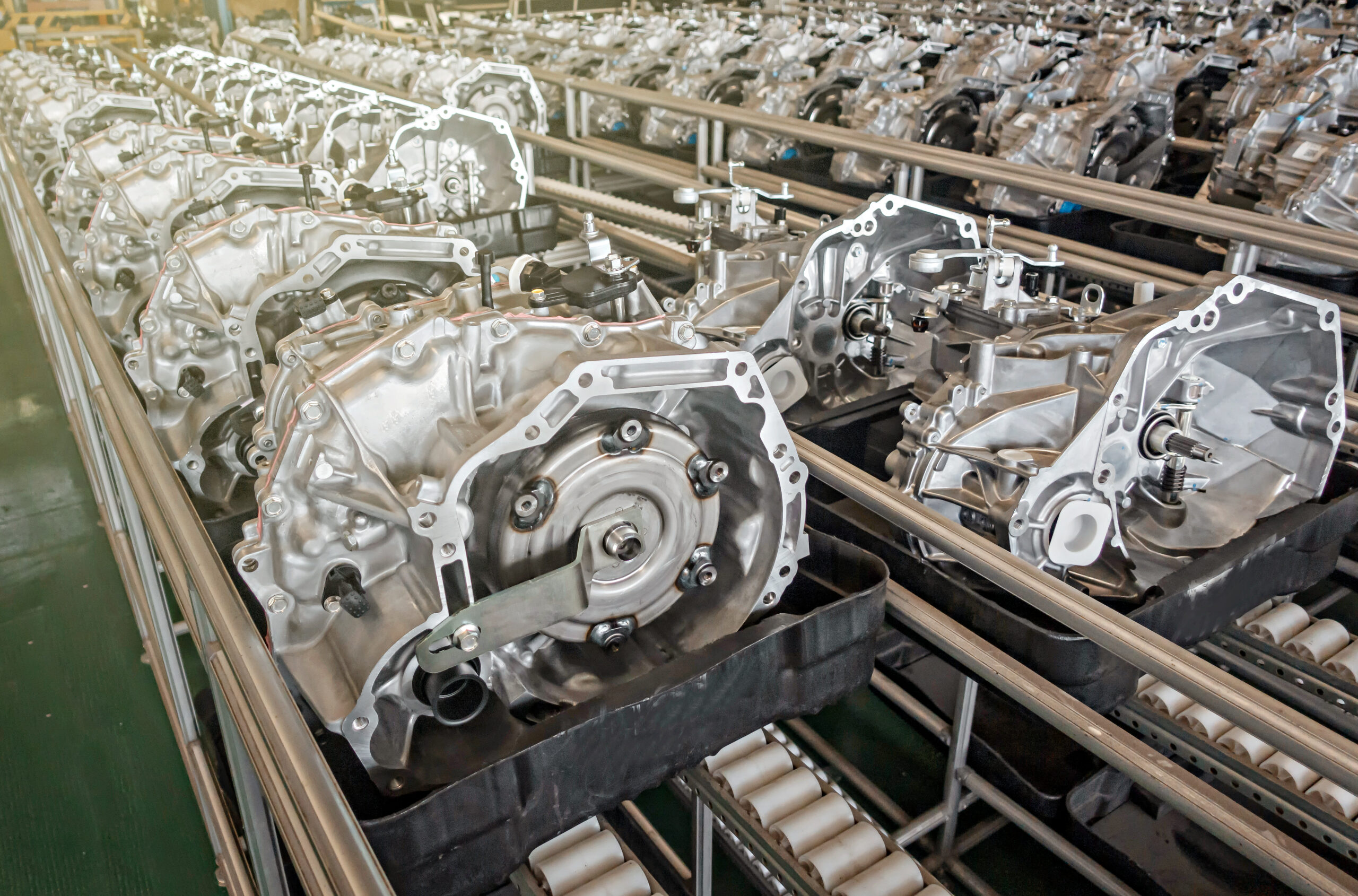What is Takt Time?
Takt time is a crucial concept in lean manufacturing, designed to synchronize production speed with customer demand. By aligning the pace of production with demand, takt time ensures that products are made consistently, preventing both overproduction and underproduction.
Importance of Takt Time
- Alignment with Customer Demand:Aligning production with customer demand reduces the risk of overproduction (excess inventory) or underproduction (lost sales).
- Cost Reduction: By preventing overproduction, factories can minimize excess inventory, reduce holding costs, and free up working capital
- Consistent Workflow: Takt time creates a consistent and predictable workflow, which helps in balancing workloads across different production stages. This consistency reduces variability, minimizes downtime, and enhances overall productivity.
- Continuous Improvement: By analyzing variances between actual production times and takt time, companies can identify gaps for process improvement and waste reduction.
How to Calculate Takt Time
- Determine Available Production Time:
- Calculate the total working time available for production. Do exclude planned downtime such as breaks, maintenance and holidays.
- For example, if a factory operates 8 hours a day, with two 15-minute breaks, the available production time is:
- Determine Customer Demand:
- Determine the number of units required by the customer within the same time period (e.g., per day).
- For instance, if the customer demands 9000 units per month, your customer demand per day (assume your factory runs from Monday to Sunday) is
- Apply the Takt Time Formula:
This means the factory must produce one piece every 1.5 minutes to meet customer demand.
Takt Time and Cycle Time
While takt time is essentially the rate of customer demand, cycle time is the time taken to produce 1 piece of product.
If cycle time is longer than takt time, it indicates that production cannot keep up with demand, leading to potential loss of sales and reputation. Conversely, if cycle time is shorter than takt time, there may be opportunities to reduce costs or increase efficiency by adjusting resources.
Challenges
1. Variability in Demand: Sudden changes in customer demand can make it difficult to maintain a consistent takt time
2. Production Line Bottlenecks: Production bottlenecks and equipment failures can slow down production, making it challenging to meet takt time.
3. Employee Challenges: Differences in employee training and skill levels can affect how quickly and efficiently tasks are completed, leading to variations in cycle time that can disrupt takt time.
4. Supply Chain Disruptions: Delays in receiving raw materials or components can halt production, making it impossible to maintain takt time.
Takt time is a vital metric in lean manufacturing that ensures production aligns with customer demand. While implementing takt time can present challenges, its benefits in enhancing productivity and reducing waste make it a fundamental principle in achieving operational excellence. Digital manufacturing technology offers numerous tools and systems that help monitor and improve takt time. By leveraging real-time production line monitoring and data analytics, manufacturers can achieve greater efficiency and responsiveness in their production processes.





